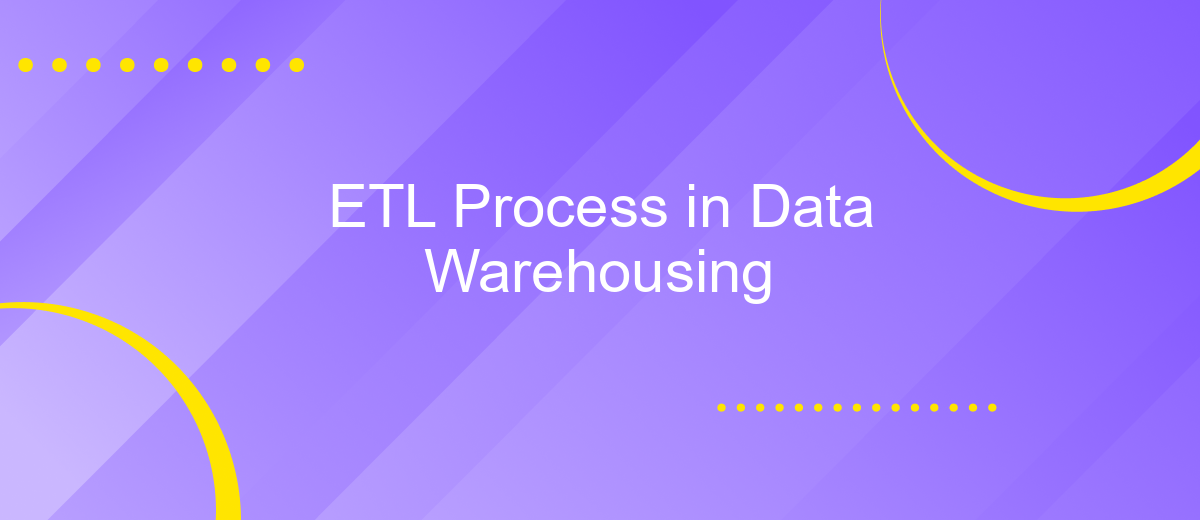ETL Process in Data Warehousing
The ETL process, which stands for Extract, Transform, Load, is a fundamental component in data warehousing. It involves extracting data from various sources, transforming it into a suitable format, and loading it into a data warehouse for analysis and reporting. This process ensures that data is accurate, consistent, and accessible, providing a reliable foundation for business intelligence and decision-making.
Introduction
The ETL (Extract, Transform, Load) process is a fundamental component of data warehousing, enabling organizations to efficiently manage and utilize their data. This process involves extracting data from various sources, transforming it into a suitable format, and loading it into a data warehouse for analysis and reporting. ETL is crucial for maintaining data integrity and ensuring that business decisions are based on accurate and up-to-date information.
- Extract: Data is collected from multiple sources, such as databases, cloud services, and APIs.
- Transform: Data is cleaned, normalized, and converted into a consistent format.
- Load: Transformed data is loaded into the data warehouse, making it available for querying and analysis.
Modern ETL tools and services, like ApiX-Drive, simplify the integration process by automating data extraction and transformation tasks. These tools support various data sources and formats, reducing the complexity and time required to set up data pipelines. By leveraging such services, organizations can focus on deriving insights from their data rather than managing the intricacies of data integration.
Data Extraction

Data extraction is the initial phase of the ETL process, where raw data is collected from various sources. These sources can include databases, APIs, flat files, and cloud services. The primary goal is to gather data in its most granular form to ensure all necessary information is captured for further processing. Extracting data efficiently is crucial as it sets the foundation for the subsequent transformation and loading stages.
One of the key challenges in data extraction is dealing with the diversity of data formats and sources. Tools like ApiX-Drive can simplify this process by providing seamless integration with numerous services and applications. ApiX-Drive allows users to set up automated data extraction workflows, reducing the need for manual intervention and minimizing errors. By leveraging such tools, businesses can ensure that their data extraction processes are both efficient and reliable, enabling smoother transitions to the transformation and loading phases of the ETL pipeline.
Data Transformation

Data transformation is a crucial step in the ETL process, involving the conversion of data from its original format into a format suitable for analysis and reporting. This step ensures data consistency, quality, and usability, enabling businesses to derive meaningful insights from their data.
- Data Cleaning: This involves identifying and correcting errors, inconsistencies, and inaccuracies in the data.
- Data Integration: Combining data from different sources into a unified dataset.
- Data Standardization: Converting data into a common format or structure.
- Data Aggregation: Summarizing data to provide a higher-level view.
- Data Enrichment: Enhancing data by adding additional information from external sources.
Using tools like ApiX-Drive can simplify the data transformation process by automating the integration and transformation of data from various sources. ApiX-Drive allows users to set up custom workflows and automate data flows, ensuring that data is always up-to-date and ready for analysis. This not only saves time but also reduces the risk of errors, leading to more accurate and reliable data insights.
Data Loading

Data loading is a crucial phase in the ETL process, where transformed data is loaded into the target data warehouse. This step ensures that the data is available for querying and analysis, providing valuable insights for decision-making. Effective data loading requires careful planning to handle large volumes of data efficiently and maintain data integrity.
Various techniques can be employed to optimize the data loading process. These include incremental loading, where only new or changed data is loaded, and bulk loading, which involves loading large datasets in batches. Choosing the right approach depends on the specific requirements and constraints of the data warehouse environment.
- Incremental loading: Updates only new or modified data.
- Bulk loading: Efficiently loads large volumes of data in batches.
- Parallel loading: Simultaneously loads data using multiple threads.
- Partitioning: Divides data into smaller, manageable segments.
Using integration services like ApiX-Drive can simplify the data loading process by automating data transfers between different systems. ApiX-Drive supports various data sources and destinations, ensuring seamless integration and reducing manual intervention. By leveraging these tools, organizations can achieve faster and more reliable data loading, ultimately enhancing the overall efficiency of their data warehousing operations.


ETL Tools and Technologies
ETL tools and technologies play a crucial role in data warehousing by facilitating the extraction, transformation, and loading of data from various sources into a centralized repository. Popular ETL tools such as Apache NiFi, Talend, and Microsoft SQL Server Integration Services (SSIS) offer robust features for data integration, including data cleansing, transformation, and loading capabilities. These tools support a wide range of data formats and sources, making them essential for seamless data integration and ensuring data quality and consistency.
In addition to traditional ETL tools, modern cloud-based solutions like ApiX-Drive have gained popularity due to their ease of use and flexibility. ApiX-Drive enables businesses to automate data integration processes without the need for extensive coding or technical expertise. By providing a user-friendly interface and pre-built connectors for various applications, ApiX-Drive simplifies the process of integrating data from multiple sources, thereby enhancing operational efficiency and reducing the time required to set up data pipelines. These advancements in ETL technologies are critical for businesses aiming to leverage data for informed decision-making and strategic planning.
FAQ
What is ETL in data warehousing?
Why is ETL important for data warehousing?
How often should ETL processes run?
What are the common challenges in ETL processes?
How can ETL processes be automated?
Apix-Drive is a simple and efficient system connector that will help you automate routine tasks and optimize business processes. You can save time and money, direct these resources to more important purposes. Test ApiX-Drive and make sure that this tool will relieve your employees and after 5 minutes of settings your business will start working faster.

